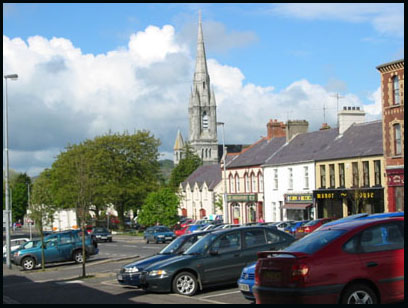|
Ros
Davies' Co.
Down, Northern Ireland Family History Research Site
© Rosalind Davies 2001 Permission granted to reprint research for non-profit use only |
Kilmegan parish
|
Click
here for information on schools in
Castlewellan in 19th century. Try this link to the Castlewellan
Court Book of 1824-1826 transcribed by Mr Christopher Napier
http://www.alecbanmacconaill.co.uk/books.html Newspaper articles from Northern Star; Newspaper articles from Down Recorder; Newspaper Article from Mourne Observer; |
| References;V3 p 56, 57, 58, 59 OSM: DR*; 5/11/03*; DR; GIC; O'L V1 p lxxi, 36; Inv 2001 p 40;GV ; POD |
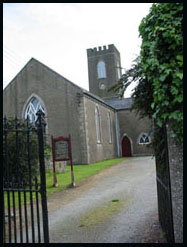 |
|
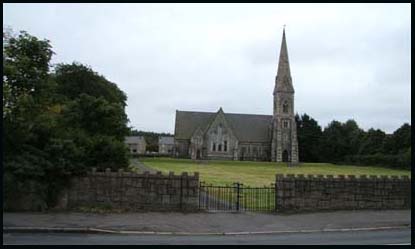 |
|
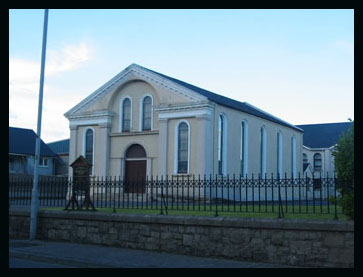 |
|
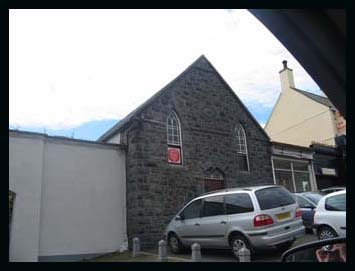 |
|
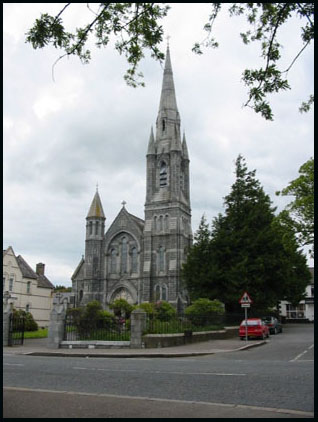 |
St.
Malachy's Catholic Church, Castlewellan Prior to the building of St. Malachy's, there was a Catholic chapel in Moneylane townland , 4 km ENE of town but this was taken over by the Church of Ireland congregation during penal times. Another chapel was built in Castlewellan town in 1825 and was paid for by general subscription. It was described in 1836 as a fine building which could hold 450 people and generally there was that many in attendance. Its dimensions were 66 feet by 26 feet in the shape of a T. Catholicism is the principal religion in this parish. The parish priest in 1846 was Rev John McLeanon with Rev Anthony Malone as curate & in 1867 was Rev. Alexander Stuart. The church of St. Malacy's (above) was built in the 1880s on the site of the older church, in the Lower Square of the town of Castlewellan (southern end of town), by Father James McWilliams from designs by Mortimer H. Thomson Esq. architect. . The foundation stone was laid of Patrick Dorrian, Bishop of Down and Connor, in July 1880 and the church was dedicated in 7 September 1884 by the Very Rev. V.P. Hood. High Mass was celebrated by Rev. James Crickard, parish priest of Loughinisland whilst Rev. Thomas O'Donnell was deacon and the Rev. John McCartan was sub-deacon. The sermon was preached from Isaias, chapter vii , verses 13 & 14 by Father Flood O.P .All of the money, £15,000, for the church's construction was raised locally with £1,000 alone being obtained by a ladies bazaar. Much of the beauty and adornments were provided by the donations and bequests of the Messrs. Mooney Brothers, merchants, of Castlewellan. The church was constructed using Magheramayo granite (nearby townland) and was designed by Messrs. Heavy & Thompson of Killyleagh. Article from Down Recorder newspaper; http://registers.nli.ie/ has registers to view baptisms 1859-1881; PRONI has baptisms 1859-1881; NLI has baptisms 1859-1880 , marriages 1859- 1880; UHF has baptisms 1859-1899, marriages 1859-1899 & burials 1866-1868, no graveyard |
|
THE SANDS DRAWERS' MARCH 17 July 1880 - (kindly sent by Miss Briege McComiskey) Item taken from Account Book kept by Fr. James McWilliams, PP, VF, Castlewellan, who was responsible for building the Church at Castlewellan (As told by Patrick McPolin, 80 Ballykeel, Cabra, Newry, Co Down. Dated 28/12/1945.) The Sand Drawers’ march took place about 63 years ago. That was at the time the Castlewellan Chapel was being rebuilt and the march was to help the work and to show Annesley’s Agent how united Catholics were. There was an Old Chapel there on the site obtained by Alexander McMullan from Lord Annesley in return for a loan, which Annesley needed very badly. When the new chapel was being planned it was intended to built it where St. Malachy's School is now, but the Mooney Brothers prevailed on the P.P. to build on the old site on account of their uncle having obtained it. The Mooney's subscribed very generously to the cost of the work. Anyhow, when the work was undertaken, Annesley's Agent - a man named Shaw - refused permission to the Catholics to quarry stones or raise sand on this estate. The Catholics then opened two new quarries, one at Burrenreaghon the meade estate, and the other at Maghermayo on the Gartlan estate. The sand they needed was to be obtained at places near Hilltown and Dr. Mooney, then P.P. of Clonduff got his people to help in carting it to Castlewellan. A day was appointed for the work and all who could go were to get their loads on either at the sand pit in Leitrim or along the Bann at Ballycoshone. They were all to meet at the Square on the way to Castlewellan and those first to reach the square were to wait there till the others came that length and all were to go in a row into Castlewellan and deliver their loads beside where the buliding was going on. Everything went according to plan; Cormac Kelly and I filled out loads at Ballycoshone and then drove on to the Square where we were the first to arrive. We waited there till the others arrived and, as each cart came up we pulled on a bit to make rom for them in a row. Then off we all headed for Castlewellan; Cormac was first in the line and I was second. There must have been up to a hundred carts there that day. When Cormac and I were passing the far end of Lough Island Reavy, the last cart hadn't passed the top of the hill on this side of the Lough. When we got to Castlewellan there were crowds of men there waiting to do everything for us - hook out the horses, heel up the carts, shovel away the sand and everything. The parish priest of Castlewellan was there too and all hands were treated to whatever they liked to take. Then we stabled our horses here and there and walked about the town till it was time to go home. Some trotted and sang the whole way back to the Square (in Hilltown) and they called at Atty Morgan's public house. After that they all went home in the best of heart. There were people there that day from all over the Parish of Clonduff, Travers of Islandmoyle, McPolins of Stang, Morgans of Goward, McEvoys of Lenish, Patrick Morgan of Hilltown, Pat Murphy of the Glenn and dozens of others.But they are all dead and gone now except myself. The work was completed and the church solemnly opened in 1884. Rev. Y.P. Flood, O.P., St. Mary's, Tallagh, preached: "It was a grand sight to see the sand carts going in a row into Castlewellan. Several of the men stuck their shovels straight in the middle of their load of sand and hoisted flags on them." **************************************** List of 20th century priests: |
| References;V3 p56,58,60 OSM ; BN; MS WAG p82; GIC; GIPR; TIA; SMC (church booklet with stained glass windows) |
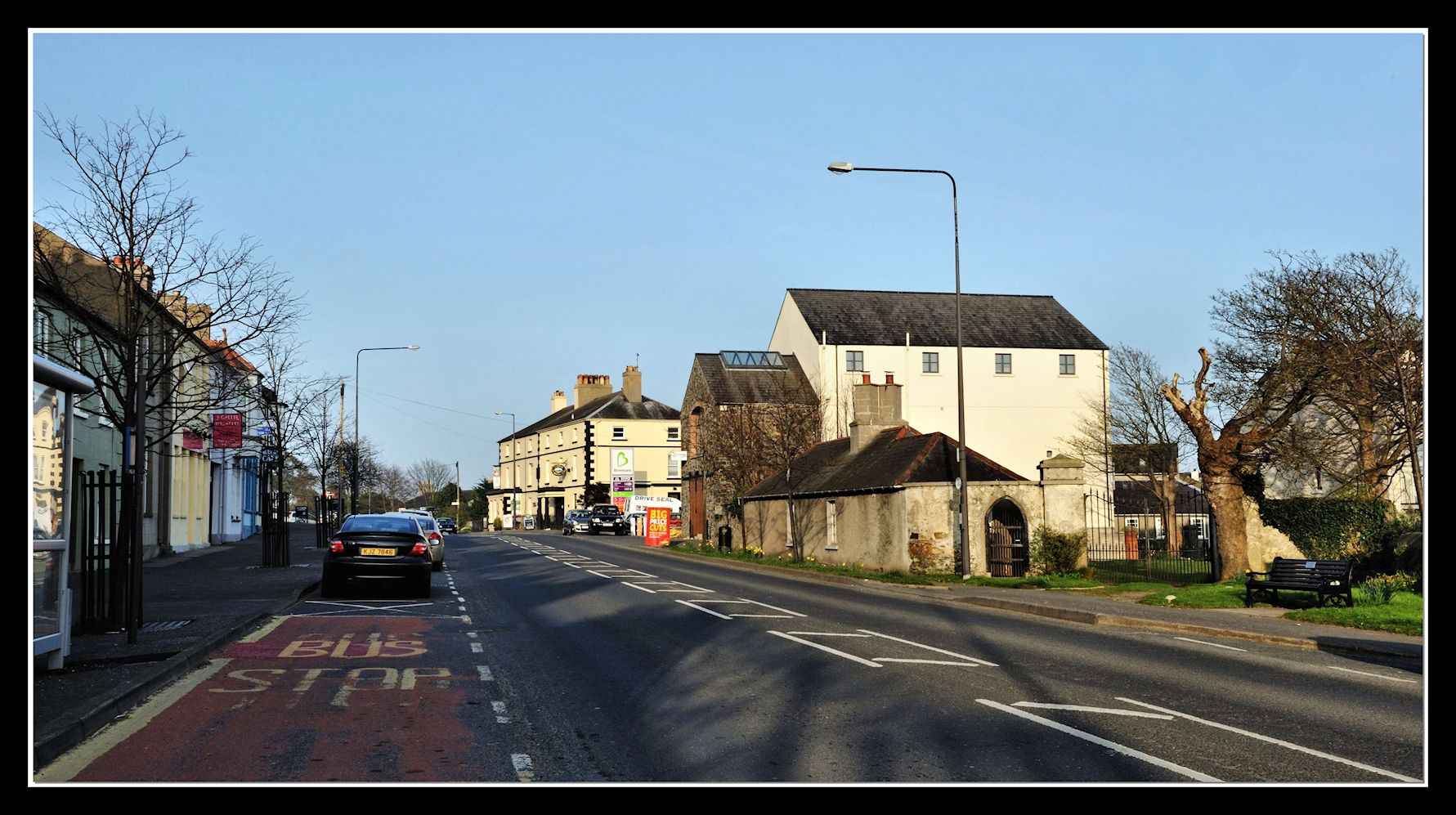 |
|
| This photo was kindly sent by Bill Haggan | |
|
Ancient faience beads were found here showing the existence of a Bronze Age settlement. In 1836 there was a school, a castle and a Methodist church here . The Poor Law district population was 3100 in 30 Nov 1839. The village of Dundrum is a 19th century creation, but it takes its name from the Anglo-Norman Castle which overshadowed it. When Lord Downshire acquired Dundrum, it was a remote and impoverished place with few inhabitants. He decided to develop it and in 1806 employed two Scottish engineers John and Daniel Busby, to prepare plans. They suggested that the natural harbour should be deepened to encourage shipping and that settlers should be attracted by the offer of building sites at a nominal rent. Downshire accepted their advice and by 1812 the Busby's were employing 15 masons, 65 quarrymen and labourers, 3 carpenters, a blacksmith and 25 horse carts. There was then a short delay because of post-war economic difficulties, but by an announcement in the Belfast New Letter of November 8th 1825, Lord Downshire encouraged further developments :" The situation of the harbour is the centre of Dundrum Bay and the surrounding country producing the finest grain , makes this interesting spot a very desirable settlement and outlet for capital and industry. The lands in Dundrum have been laid out into accommodation for building lodging and other houses; the excellence of all kinds of materials and the ease with which they can be procured upon the spot, form powerful inducements for such an undertaking and justify us in recommending Dundrum to the notice of the intelligent inhabitants of the north of Ireland. It is intended to erect hot and cold baths on the principle of those most approved of in England, for the use of invalids and other visitors." The Marquis of Downshire built a dam near the town to service the flour mill in 1850s. Small lead mine here in 1853 ( LM 1988 p24)
It is clear that, like William Ogilvie in Ardglass, Lord Downshire hoped to make Dundrum a popular seaside resort. For a time his hopes seemed to be realised. The Downshire Arms hotel was built as were various lodging house for visitors. But in time Newcastle displaced Dundrum, particularly after the extension of the railway from Downpatrick in 1869 and the building of the Annesley Arms Hotel in Newcastle with its accommodation for 100 visitors. The port of Dundrum was more successful. The East Downshire Steam Ship Company was formed in 1871 and purchased vessels which brought timber from Canada as well as coals from England with 100 coal boats a year . To assist them the Marquis of Downshire extended the quays to over 800 feet at a cost of £20,000. The harbour was a busy place at the end of the 19th century; up to a hundred coal boats a year arrived from England and Scotland and over forty cargoes of potatoes were exported each autumn. There was a Police Station here in 1889 with W. H. Magee in charge. After the First World War the trade began to decline. Crossing the bar to the inner harbour proved too difficult for larger vessels and merchants now imported through Belfast or Warrenpoint. Dundrum is now a quiet, pleasant village which attracts visitors to the castle. The town population in 1910 was 503 people. (POD) There is an article about the lifeboat crews of Dundrum Bay in Lecale Miscellany 2002 p 16 Newspaper articles from Down
Recorder; |
| References;V3 p57,58,59 & V12 p 101 OSM : LWAG p 82; DR & DR* 11/ 2001 & 24/22/2004R; HMNI p99; RICLD p79; GIC; KCL p11; IPP p 22; PTTF p19; SSM p173,182; POD ;GV |
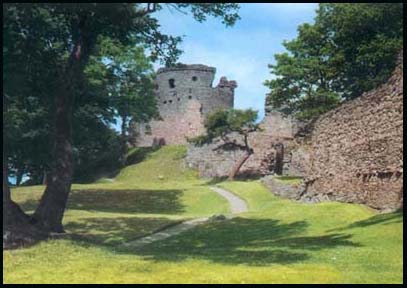 |
|
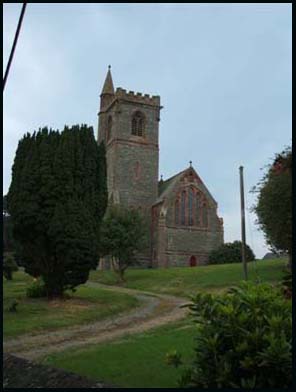 |
|
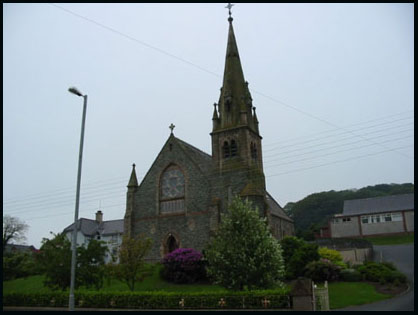 |
|
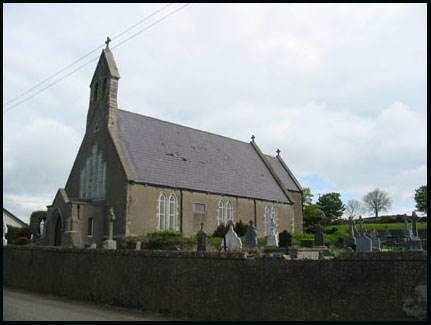 |
|
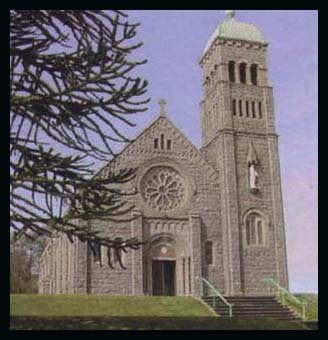 |
|
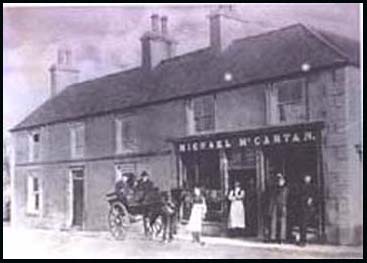 |
|
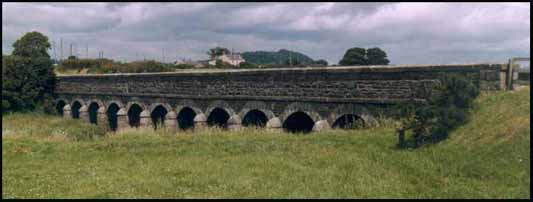 |
|
by Ros Davies
